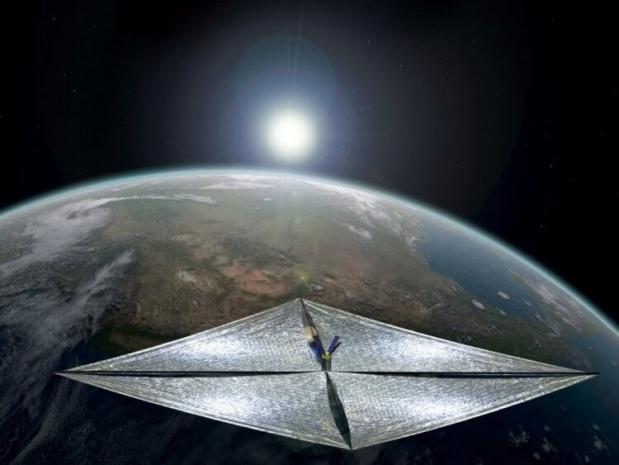
Breaking News
 Dust Off The Shovels: Quick Burst Of Snow Targets Mid-Atlantic, I-95 Corridor
Dust Off The Shovels: Quick Burst Of Snow Targets Mid-Atlantic, I-95 Corridor
 The Soul vs. The Machine: A preview of the AI-ruled future where humans are obsolete
The Soul vs. The Machine: A preview of the AI-ruled future where humans are obsolete
 The Silver & Gold Data Nobody Wants To Show You | Mike Maloney & Alan Hibbard
The Silver & Gold Data Nobody Wants To Show You | Mike Maloney & Alan Hibbard
Top Tech News
 This tiny dev board is packed with features for ambitious makers
This tiny dev board is packed with features for ambitious makers
 Scientists Discover Gel to Regrow Tooth Enamel
Scientists Discover Gel to Regrow Tooth Enamel
 Vitamin C and Dandelion Root Killing Cancer Cells -- as Former CDC Director Calls for COVID-19...
Vitamin C and Dandelion Root Killing Cancer Cells -- as Former CDC Director Calls for COVID-19...
 Galactic Brain: US firm plans space-based data centers, power grid to challenge China
Galactic Brain: US firm plans space-based data centers, power grid to challenge China
 A microbial cleanup for glyphosate just earned a patent. Here's why that matters
A microbial cleanup for glyphosate just earned a patent. Here's why that matters
 Japan Breaks Internet Speed Record with 5 Million Times Faster Data Transfer
Japan Breaks Internet Speed Record with 5 Million Times Faster Data Transfer
 Advanced Propulsion Resources Part 1 of 2
Advanced Propulsion Resources Part 1 of 2
 PulsarFusion a forward-thinking UK aerospace company, is pushing the boundaries of space travel...
PulsarFusion a forward-thinking UK aerospace company, is pushing the boundaries of space travel...
 Dinky little laser box throws big-screen entertainment from inches away
Dinky little laser box throws big-screen entertainment from inches away
 'World's first' sodium-ion flashlight shines bright even at -40 ºF
'World's first' sodium-ion flashlight shines bright even at -40 ºF
Getting to the Gravitational Lens in 8.5 to 15 Years

This velocity is 20 times more than Voyager 1. The technology enables reaching Jupiter in 5 months, Neptune in 10, surpassing Voyager 1 in 2.5 years and getting to the solar gravity lens location in just 8.5 years.
Metal sails that can survive a 5 solar radii pass of the sun would be able to go at 40AU per year. These systems could reach the solar gravity lens (600 AU) in about 15 years. Two-meter telescopes at the gravitational lens would be able to image megapixel resolution images of exoplanets.
Artur Davoyan works with Turyshev. Turyshev has the NIAC study on gravitational lens missions. Turyshev has proposed launching telescopes to the solar gravitational lens starting in 2028. If the materials that are can handle more heat and do not absorb as much heat can be used for solar sails, then they could reach the lens in 2037-2043.
Roccor LLC has a grant to develop 1000 to 10,000 square meter solar sails. They are developing composite trussed trac (T-Trac) boom systems. The original Trac will be flight validated on the upcoming near earth asteroid scout mission. T-TRAC has a triangular cross-section. Roccor holds an exclusive license for the Flexible Unfurlable and Refurlable Lightweight (FURL) solar sail developed and tested by the Air Force Research Laboratory.

 Subscribe to Use Your Car
Subscribe to Use Your Car

